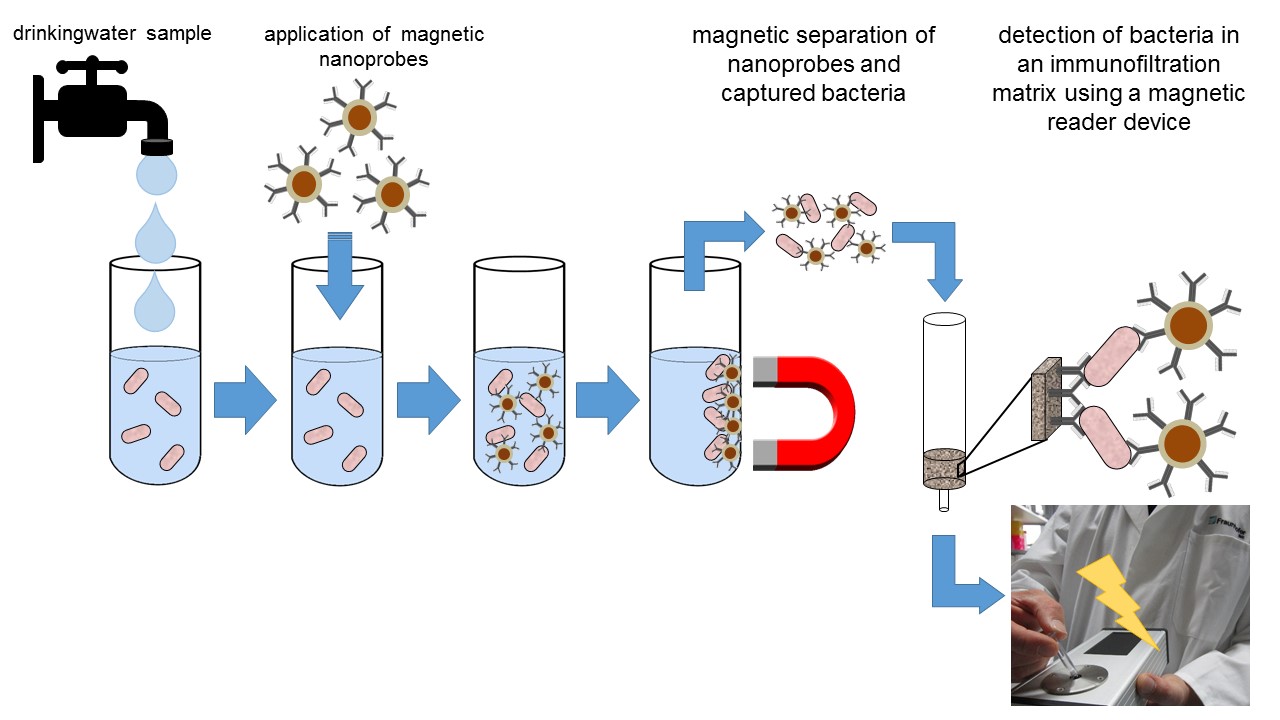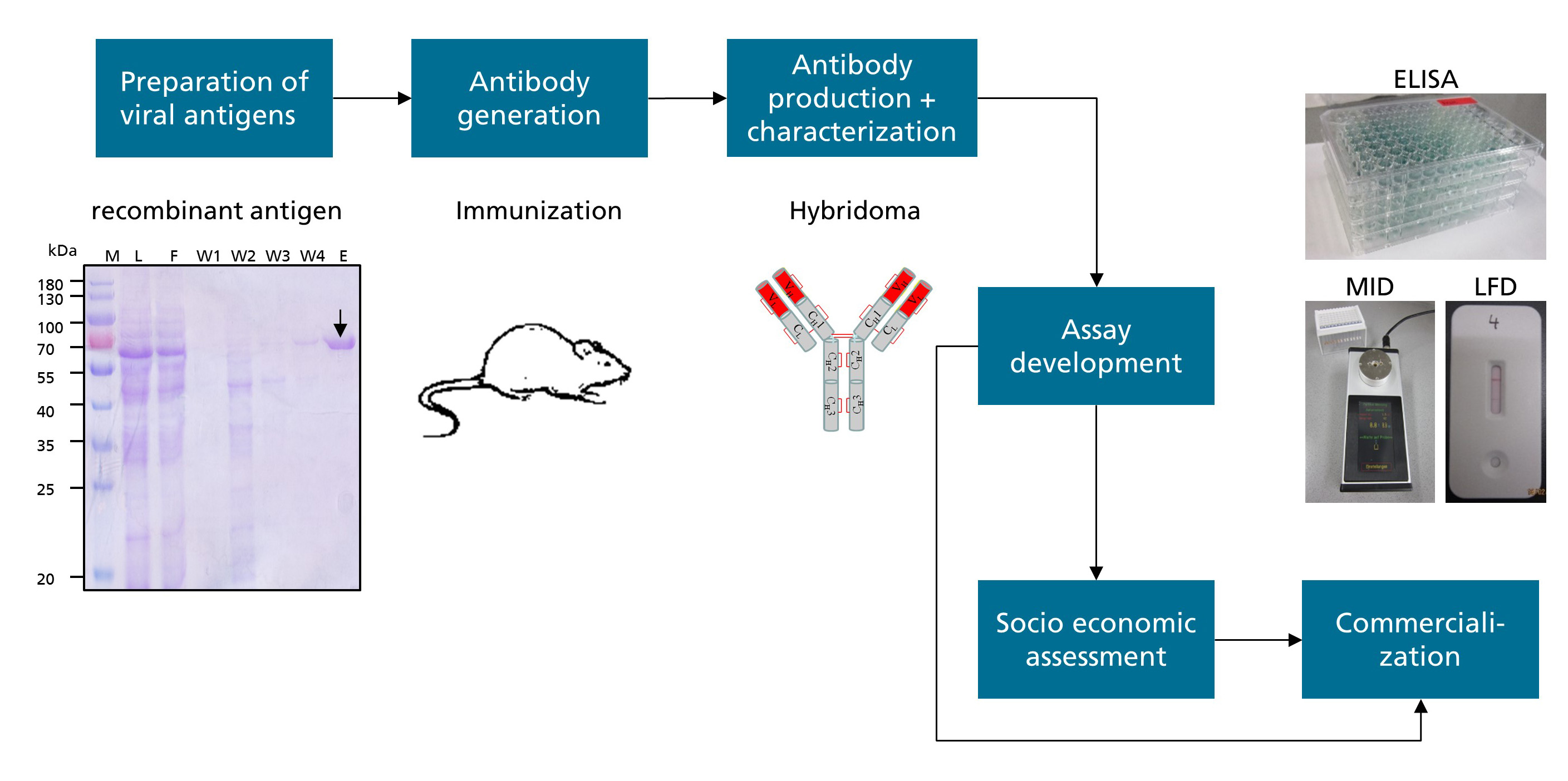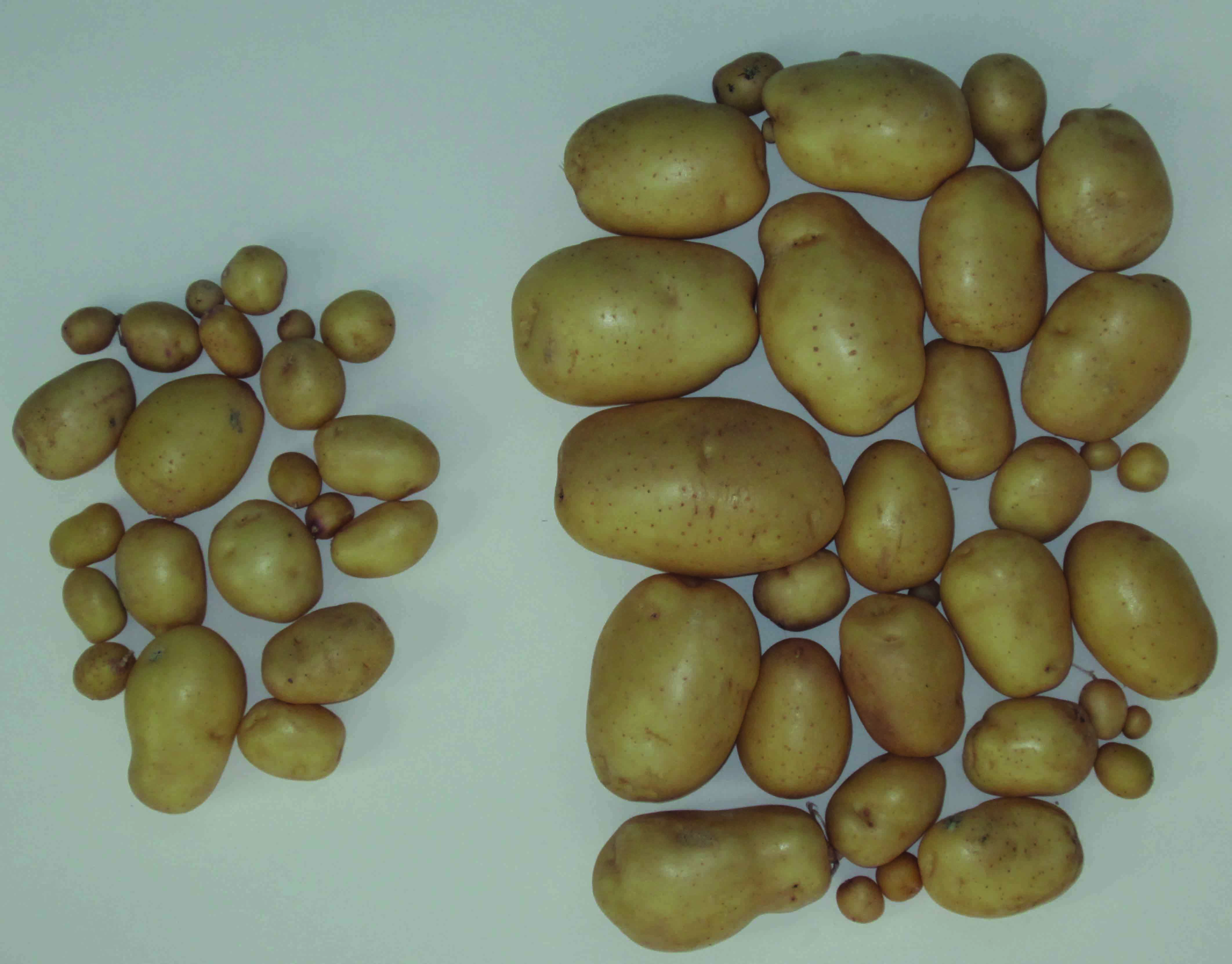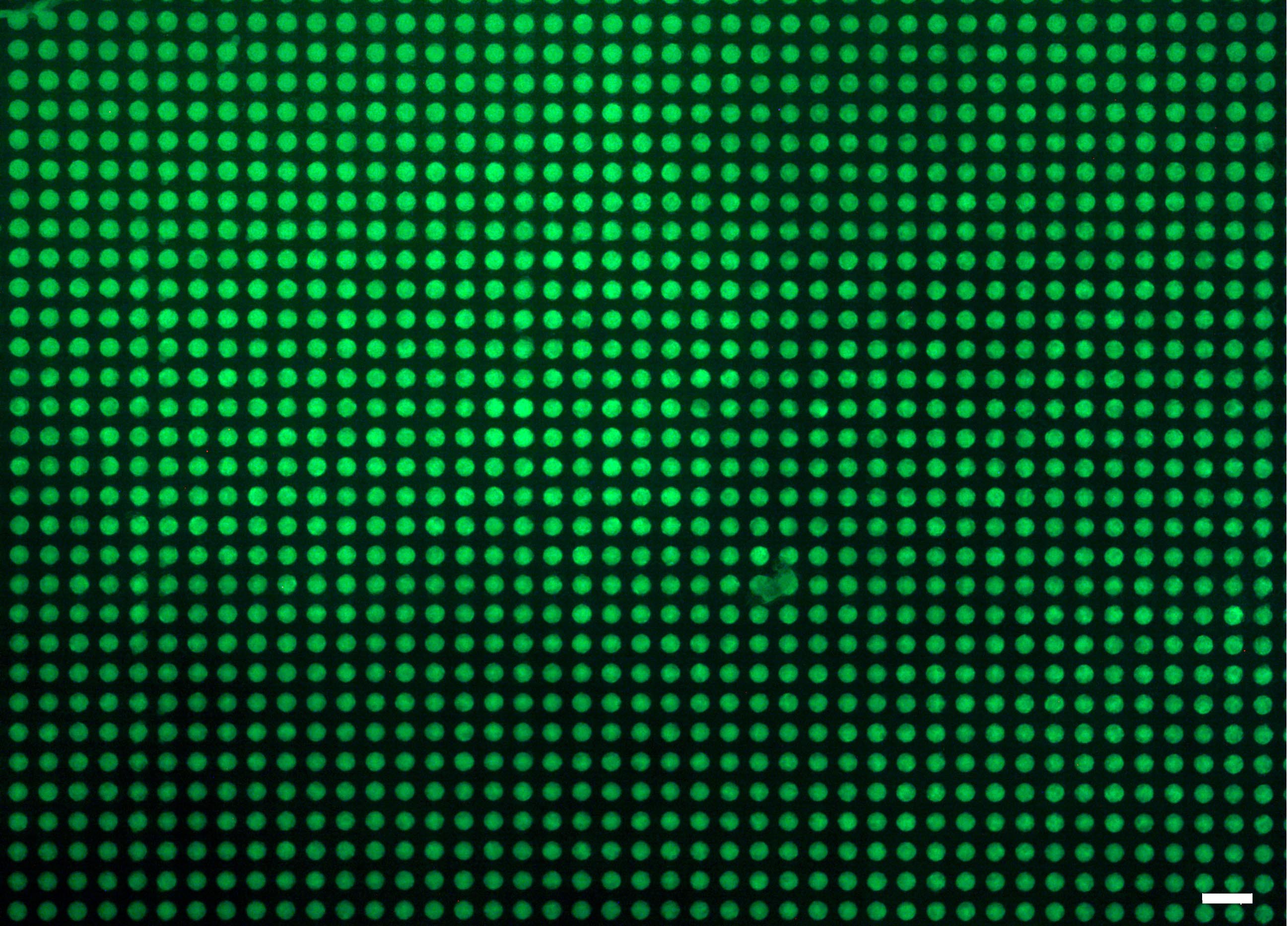Rapid Detection of Mycotoxins in Agriculture Products Based on Nanoparticles
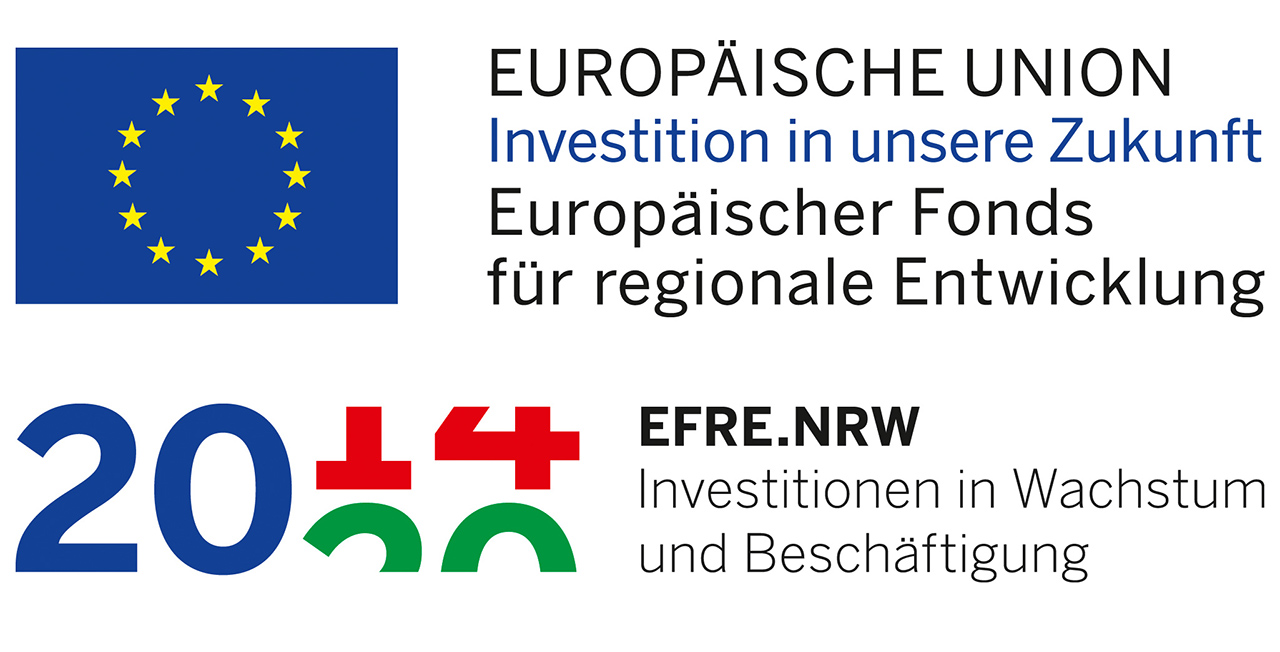
Food contamination by mold toxins (mycotoxins) is a ubiquitous problem and can cause severe health issues as well as high financial losses for food processing companies. For this reason, food producers must ensure that used raw materials, such as grain and milk, are free from contaminations. For this purpose a quick test will be developed within the MykoNANO project, which will enable the reliable detection of several mycotoxins below the legal threshold in approximately 30 minutes based on a competitive magnetic immunoassay. This is achieved by the coupling of monoclonal antibodies to magnetic nanoparticles that specifically bind to any mycotoxin-contaminations that may arise. In the following, the magnetic beads are quantified by a portable device and an associated smartphone app which allow the documentation of the results.
 Fraunhofer Institute for Molecular Biology and Applied Ecology IME
Fraunhofer Institute for Molecular Biology and Applied Ecology IME